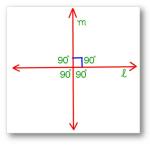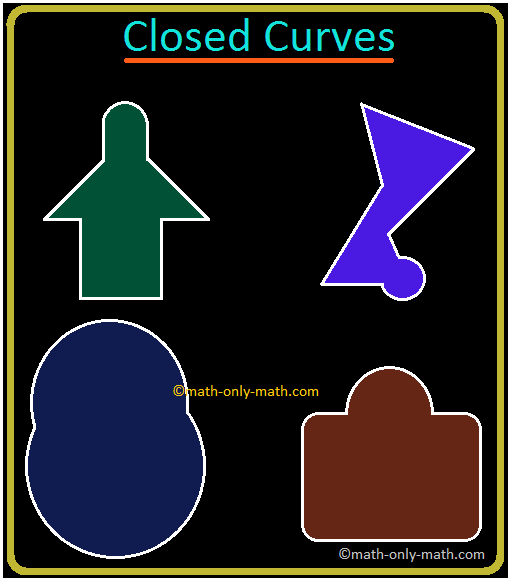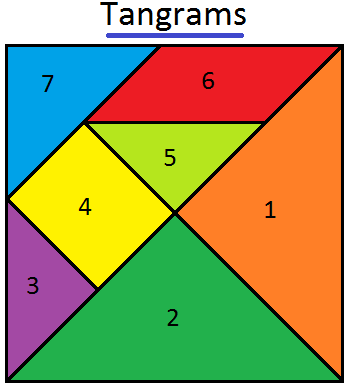Rational Exponent
In rational exponent there are positive rational exponent and negative rational exponent.
Positive Rational Exponent:
We know that 2³ = 8. It can also be expressed as 8\(^{\frac{1}{3}}\) = 2.
In general if x and yare non-zero rational numbers and m is a positive integer such that xᵐ = y then we can also express it as y\(^{\frac{1}{m}}\) = x but we can write y\(^{\frac{1}{m}}\) = \(\sqrt[m]{y}\) and is called mᵗʰ root of y.
For example, y\(^{\frac{1}{2}}\) = \(\sqrt[2]{y}\), y\(^{\frac{1}{3}}\) = ∛y, y\(^{\frac{1}{4}}\) = ∜y, etc. If x is a positive rational number then for a positive ration exponent p/q we have x₀can be defined in two equivalent form.
x\(^{\frac{p}{q}}\) = \((x^{p})^{\frac{1}{q}}\) = \(\sqrt[q]{x^{p}}\) is read as qᵗʰ root of xᵖ
x\(^{\frac{p}{q}}\) = \((x^{\frac{1}{q}})^{p}\) = \((\sqrt[q]{x})^{p}\) is read as pᵗʰ power of qᵗʰ root of x
For example:
1. Find (125)\(^{\frac{2}{3}}\)
Solution:
(125)\(^{\frac{2}{3}}\)
125 can be expressed as 5 × 5 × 5 = 5³
2. Find (8/27)4/3
Solution:
(8/27)4/3
8 = 23 and 27 = 33
So, we have (8/27)4/3 = (23/33)4/3
= [(2/3) 3]4/3
= (2/3)
= (2/3) 4
= 2/3 × 2/3 × 2/3 × 2/3
= 16/81
3. Find 91/2
Solution:
91/2
= √(2&9)
= [(3)2]1/2
= (3)
= 3
4. Find 1251/3
Solution:
1251/3
= ∛125
= [(5) 3]1/3
= (5)
= 5
Negative Rational Exponent:
We already learnt that if x is a non-zero rational number and m is any positive integer then x-m = 1/xm = (1/x)m, i.e., x-m is the reciprocal of xm.Same rule exists of rational exponents.
If p/q is a positive rational number and x > 0 is a rational number
Then x-p/q = 1/xp/q = (1/x) p/q, i.e., x-p/q is the reciprocal of xp/q
If x = a/b, then (a/b)-p/q = (b/a)p/q
For example:
1. Find 9-1/2
Solution:
9-1/2
= 1/91/2
= (1/9)1/2
= [(1/3)2]1/2
= (1/3)
= 1/3
2. Find (27/125)-4/3
Solution:
(27/125)-4/3
= (125/27)4/3
= (53/33)4/3
= [(5/3) 3]4/3
= (5/3)
= (5/3)4
= (5 × 5 × 5 × 5)/(3 × 3 × 3 × 3)
= 625/81
● Exponents
Integral Exponents of a Rational Numbers
● Exponents - Worksheets
8th Grade Math Practice
From Rational Exponent to HOME PAGE
Didn't find what you were looking for? Or want to know more information about Math Only Math. Use this Google Search to find what you need.
Recent Articles
-
Perpendicular Lines | What are Perpendicular Lines in Geometry?|Symbol
Apr 19, 24 02:46 AM
In perpendicular lines when two intersecting lines a and b are said to be perpendicular to each other if one of the angles formed by them is a right angle. In other words, Set Square Set Square If two… -
Fundamental Geometrical Concepts | Point | Line | Properties of Lines
Apr 19, 24 01:55 AM
The fundamental geometrical concepts depend on three basic concepts — point, line and plane. The terms cannot be precisely defined. However, the meanings of these terms are explained through examples. -
What is a Polygon? | Simple Closed Curve | Triangle | Quadrilateral
Apr 18, 24 02:15 AM
What is a polygon? A simple closed curve made of three or more line-segments is called a polygon. A polygon has at least three line-segments. -
Simple Closed Curves | Types of Closed Curves | Collection of Curves
Apr 18, 24 01:36 AM
In simple closed curves the shapes are closed by line-segments or by a curved line. Triangle, quadrilateral, circle, etc., are examples of closed curves. -
Tangrams Math | Traditional Chinese Geometrical Puzzle | Triangles
Apr 18, 24 12:31 AM
Tangram is a traditional Chinese geometrical puzzle with 7 pieces (1 parallelogram, 1 square and 5 triangles) that can be arranged to match any particular design. In the given figure, it consists of o…




